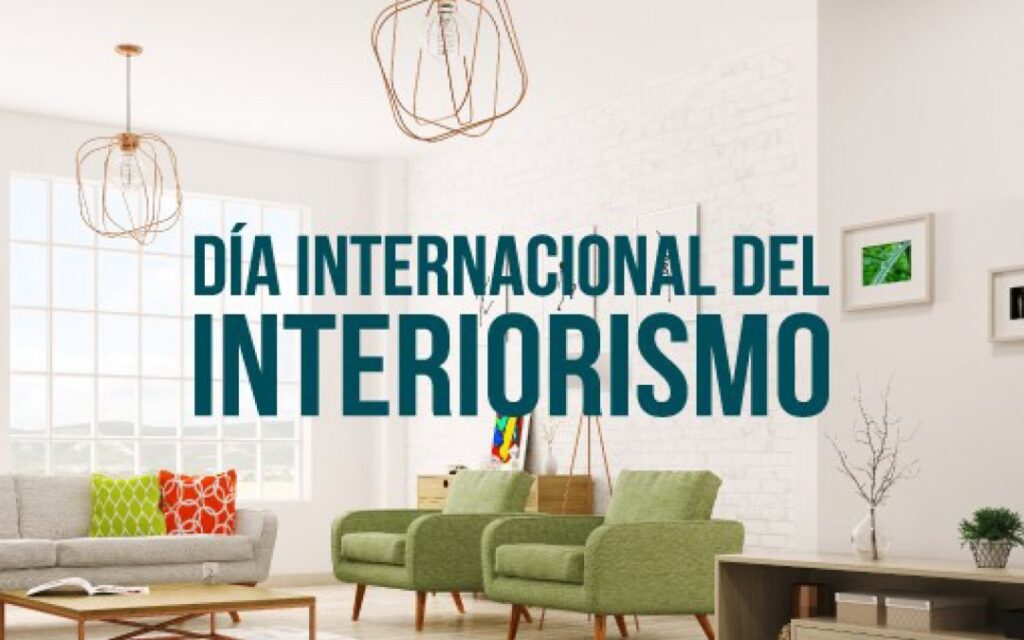On May 29, International Interior Design Day was celebrated around the world. The theme chosen this year by the International Federation of Architects and Interior Designers was “Design as a global conversation.” An almost prophetic choice, considering the global approach to which the pandemic has accustomed us.
Interior design should be understood as an “important connector,” the global authority in the sector writes on the page dedicated to the event. Founded in 1963 and structured as a federation of all organizations of architects and designers, the IFI is an important platform for global exchange and training.
Thus, on its page, the federation invites each person and organization to celebrate International Design Day by proposing that their own city adopt the “Ifi Interior Declaration.” The declaration is presented as the bearer of a “mission”, disseminator of global “values”, shared unitarily by the world of design.

A global declaration of values: what is it all about?
Presented for the first time in New York in 2011 at the meeting entitled “Design Frontiers: The Interiors Entity (DFIE) Global Symposium”, the declaration represents a first in the sector and has been approved at first by a hundred delegates from thirty countries. Among the phrases of the statement it is inevitable to note some “hot” issues on the global political agenda.
But it is also inevitable to underline that the global political agenda is not necessarily everyone’s agenda, but rather the agenda imposed by those who have the power to manage the agenda, for better or for worse. As is a global declaration. “We use space responsibly,” says the statement, “We practice our profession with the utmost respect to use the world’s economic and natural resources in a sustainable way. We design for the health, safety, well-being and needs of all. Humanity is our end customer, for which we design”. Here is sustainability, a topic at the top of the scientific and political concerns of recent years, a growing trend also in the field of design.
The statement, which also refers to “human and environmental ecology”, continues with another interesting purpose: “In a global world, interior design and architecture must play a role in facilitating the maintenance of cultural diversity”. This is a purpose we certainly like. But we cannot forget that the same globalization process points in another direction.
Globalization helps the circulation of ideas, improvements, avoids isolation and cultural closure. But in fact, it inevitably standardizes reality and culture.
With globalization, the models of cultural reference, like it or not, are progressively diminishing. The natural process of multisectoral macro-dimensioning that is globalization, has already accustomed us to organizations and decisions on a global scale. For this reason, the same declaration includes content of value considered as absolute and global, even if they are not.

Space and us: is there a “global” answer?
On the other hand, one of the first sentences of the statement is certainly on another level: “It is in the nature of Humanity not only to use spaces, but to fill them with beauty and meaning.”
While this is also a statement of principles, its veracity seems much less relative. But it immediately leads to a question: “Why? Why do we do it?” Also in this case, the possible answers start from completely different worldviews and philosophies.
In the statement, starring a design that aims to “translate science into beauty,” perhaps there is an answer to that question. But can that be the global answer? Is it possible to give global answers to certain questions? Because, as IFI explains, “In the spaces that are important to us, we experience not only a sense of place, but a sense of who we are and what we can be”? What is between us and space? What unites us to the place where we were born, to its landscapes, to the house in which we live our entire lives, to the one we build for our future? Are we also a little bit the place where we are born and the things we surround ourselves with? If so, can there be an overarching statement of design values? Aren’t these values the result of the interaction between places, spaces, values and people in their specificities?

We ask this not only for speculative reasons. The thing is that there is also another topic well connected to the precedent, which has become very fashionable with the pandemic: the arrival of a new era and the need for radical changes. Almost always the answers we read imply a globalized future and an idea of a “new normal” that partially worries us.
Usually anything is ambivalent: it is difficult to find in nature a phenomenon that is only good or bad. This is the case of the process of economic globalization, of values and of any radical change.
What will the new normal look like?
But, considering that there is a lot of talk about design as a means of connecting people and cultures, we are concerned to find the concept of the new normal associated almost exclusively with what seems more like a dystopian future. We are disturbed by reading articles that enthusiastically promote ideas such as that of an elegant restaurant in Amsterdam that offers enclosed tables, similar to a semi-sealed greenhouse for two people, to which not even the waiter can enter; Italian architecture studios that design squares where people have to walk in straight lines like robots and properly distanced; couples eating at a restaurant wrapped in individual plexiglass cones; people practicing yoga isolated in aerated plastic bubbles.
Is this the new normal?
We, who truly believe in diversity and connection between people, imagine a New Era, we imagine it to be ecological and functional but always and more than ever human, even if this means not being perfect like machines.
Emmanuel Raffaele Maraziti

